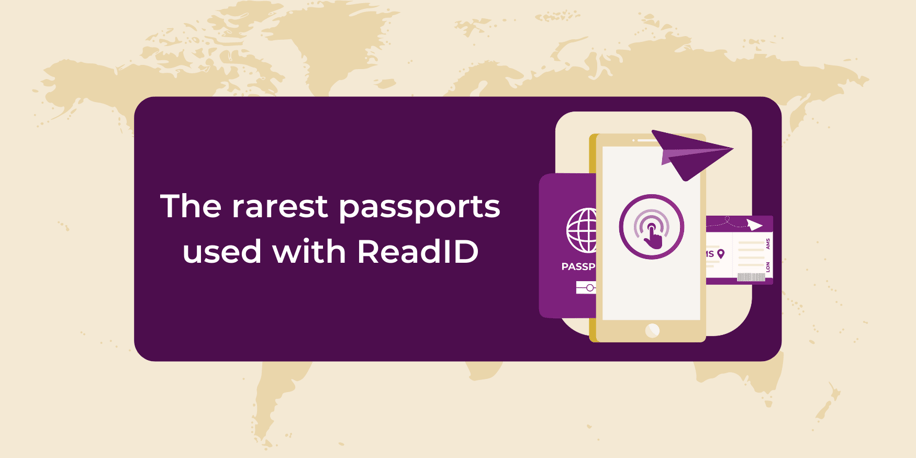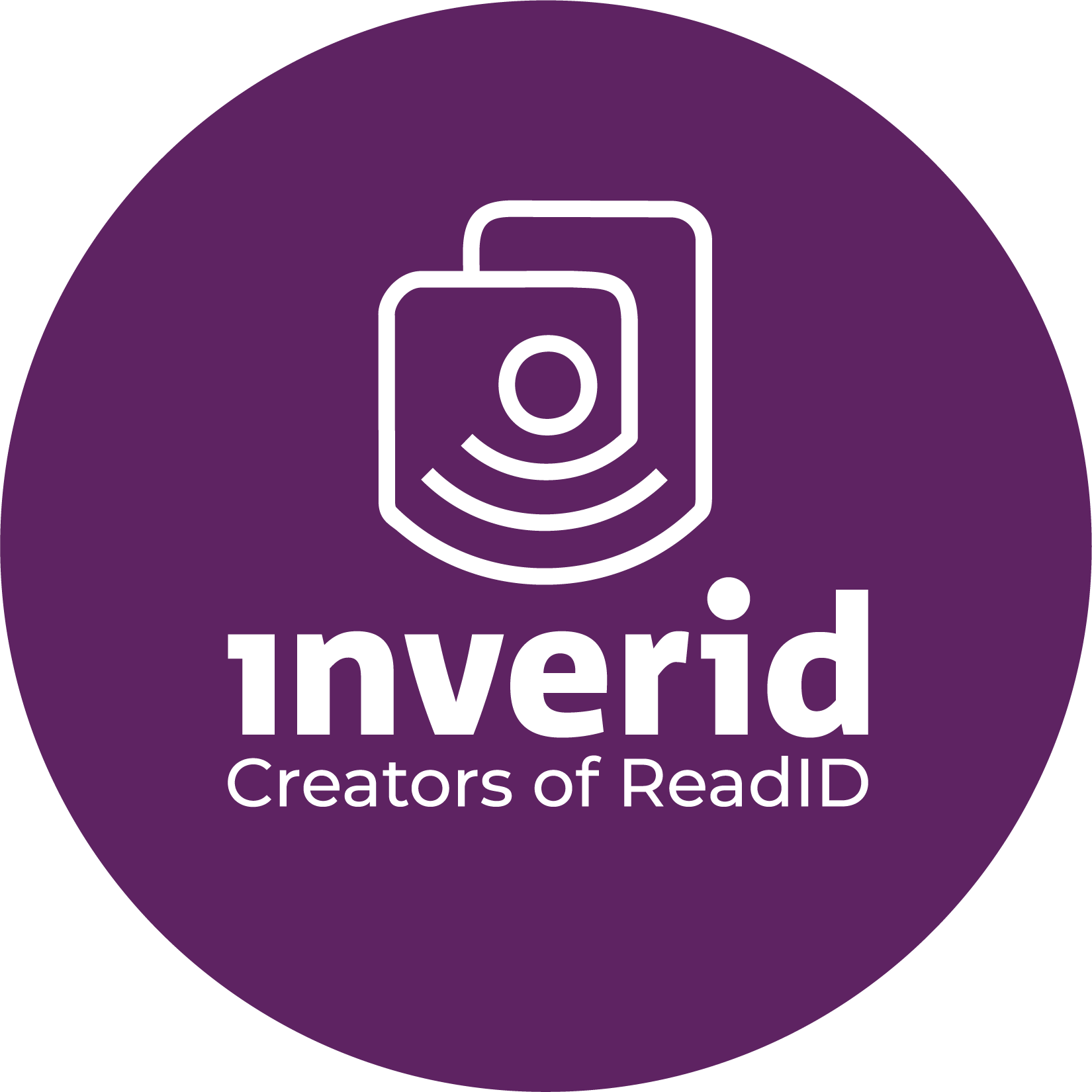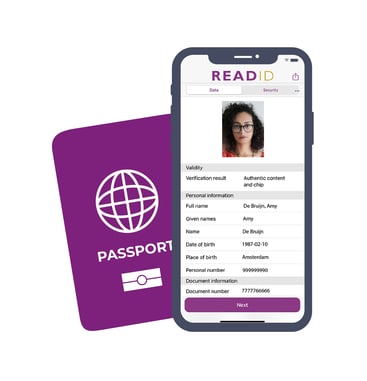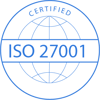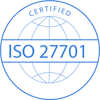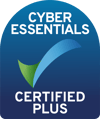The beauty of NFC technology is that documents from all over the world can be used to verify identity- including passports from unique and interesting places like Vatican City, for example. But how is ReadID able to read these uncommon documents and know which issuing states they represent? These questions are answered in our latest ReadID Analytics article.
This article uses ReadID Analytics, our in-house database and performance tracking tool. ReadID Analytics collects anonymous meta data from our apps, such as time taken to complete an NFC reading, in order to track the performance of ReadID apps and different devices. No personal data is stored in ReadID Analytics in line with GDPR legislation and to ensure maximum safety and privacy for our customers.
What is a machine readable travel document?
Before we discover what unique and interesting documents have been used with ReadID, let’s learn more about what kinds of documents ReadID can verify, and how we do so.
A machine readable travel document (or eMRTD) is a document that adheres to the International Civil Aviation Authority Doc 9303 standards. This organisation (ICAO) is a part of the United Nations, and their Doc 9303 outlines the requirements for electronic identity documents, which are standardised and currently issued by more than 170 countries around the world. The standardisations listed in Doc 9303 refer not only to the physical features of identity documents, but also what information should be stored in the NFC chip within said documents, and how that chip can be read securely.
An important piece of data within this chip that ReadID uses to identify where an identity document comes from is a country code. This is a 3 letter code that designates the issuing state of the identity document, for example ‘NLD’ for The Netherlands. They can also be paired with other letters (for example, NLD-P for passport or NLD-I for identity card, although these additions are not standardised across nations) to highlight what type of identity document the chip is in. Using these country codes and ReadID Analytics, we have been able to establish the rarest passports used with ReadID in the last 2 years.
To learn more about NFC technology in identity verification and the security mechanisms involved in accessing the data in chipped documents, subscribe to our Tech Series and binge watch the sessions from Inverid’s chief scientist Martijn Oostdijk.
What rare passports have been used with ReadID?
This list displays the 6 rarest nations in the last 2 years of ReadID transactions.
- Malta (6th rarest)
- Liechtenstein (5th rarest)
- San Marino (4th rarest)
- Andorra (3rd rarest)
- Monaco (2nd rarest)
- Vatican City (1st rarest)
This list displays the 6 rarest nations in the last 2 years of ReadID transactions. Thanks to ICAO Doc 9303 and the accessibility of smartphone NFC technology, ReadID provides great coverage for documents all around the globe. No matter where your customers are located or what eMRTD they are verifying, ReadID enables them to undertake a seamless identity verification in seconds.
What other documents can ReadID verify?
Thanks to the rules set out in ICAO’s Doc 9303, ReadID can verify passports, identity cards, residence permits, and some driving licenses. Acceptance of NFC technology is growing rapidly, with more and more countries announcing the issuing of their own electronic identity documents. Inverid makes use of several sources to keep up to date with the latest documents, our knowledge of which is presented in the document coverage whitepaper. Inverid Research Architect and Product Lead Fei Liu also shares her expertise in her tech session on document coverage, available now for those registered to the Inverid Tech Series.
Want to learn more about machine readable travel documents, NFC technology, and the world of digital identities? Explore the Inverid Knowledge Centre for free resources from our experts and customers.

